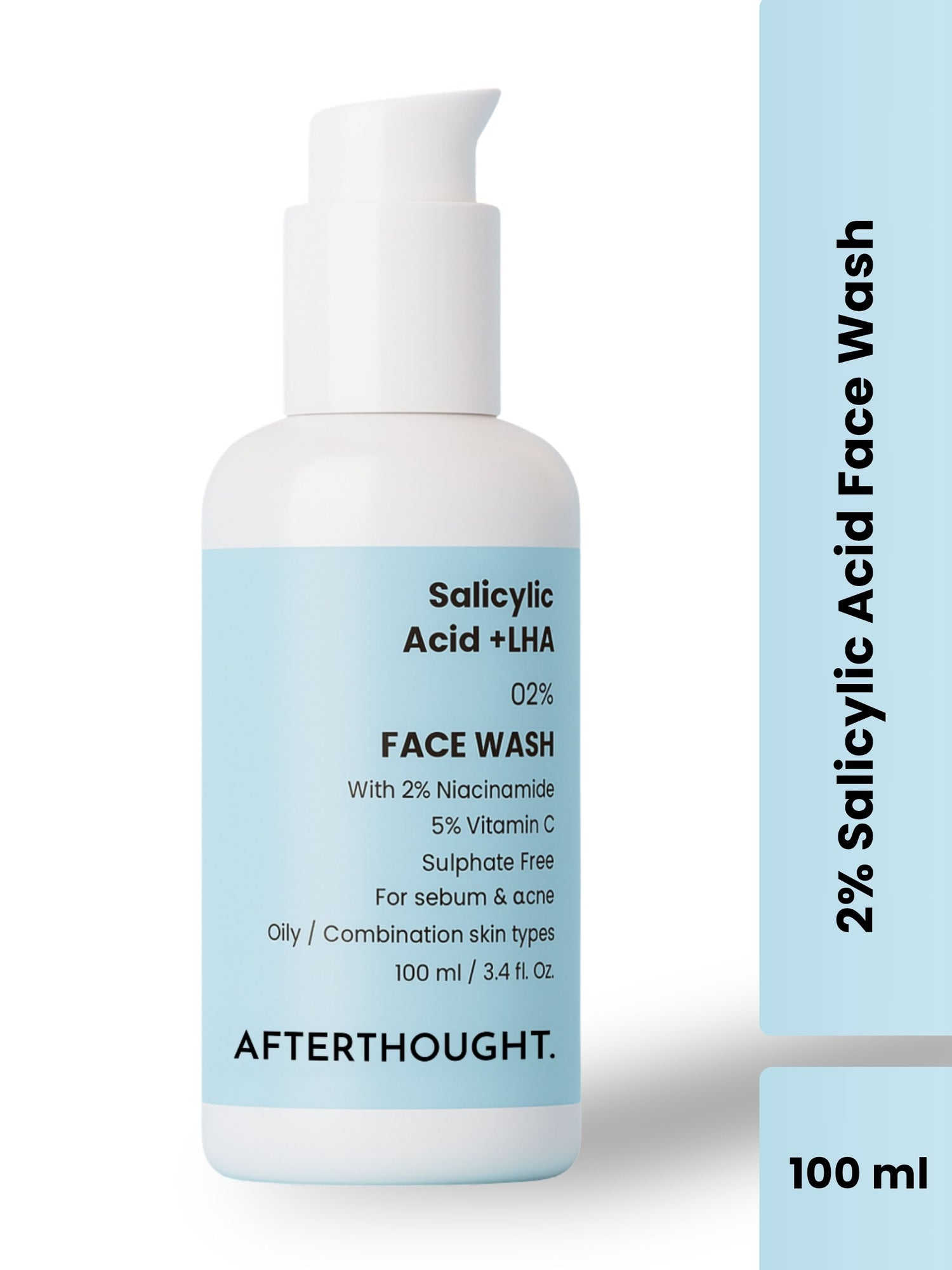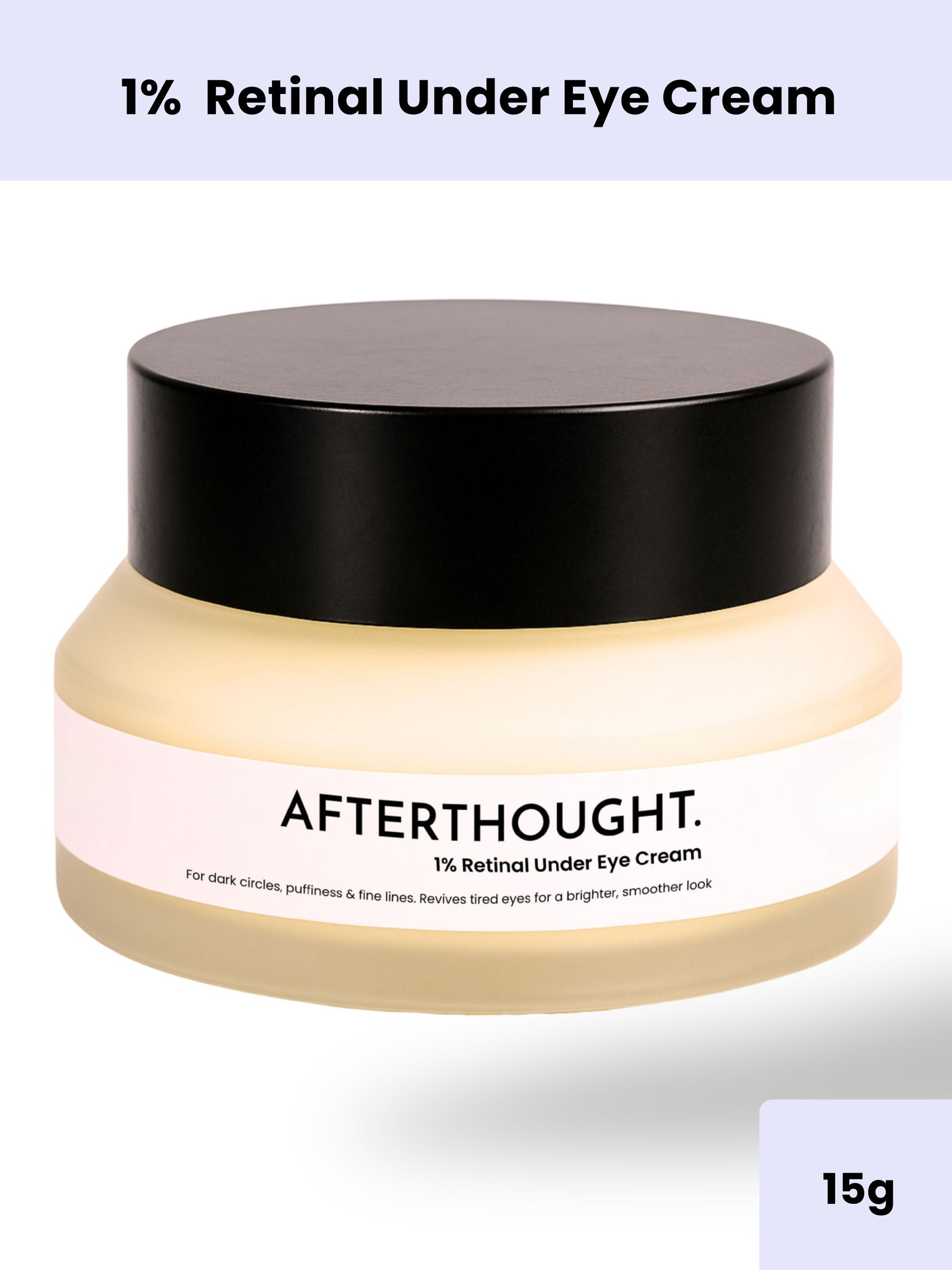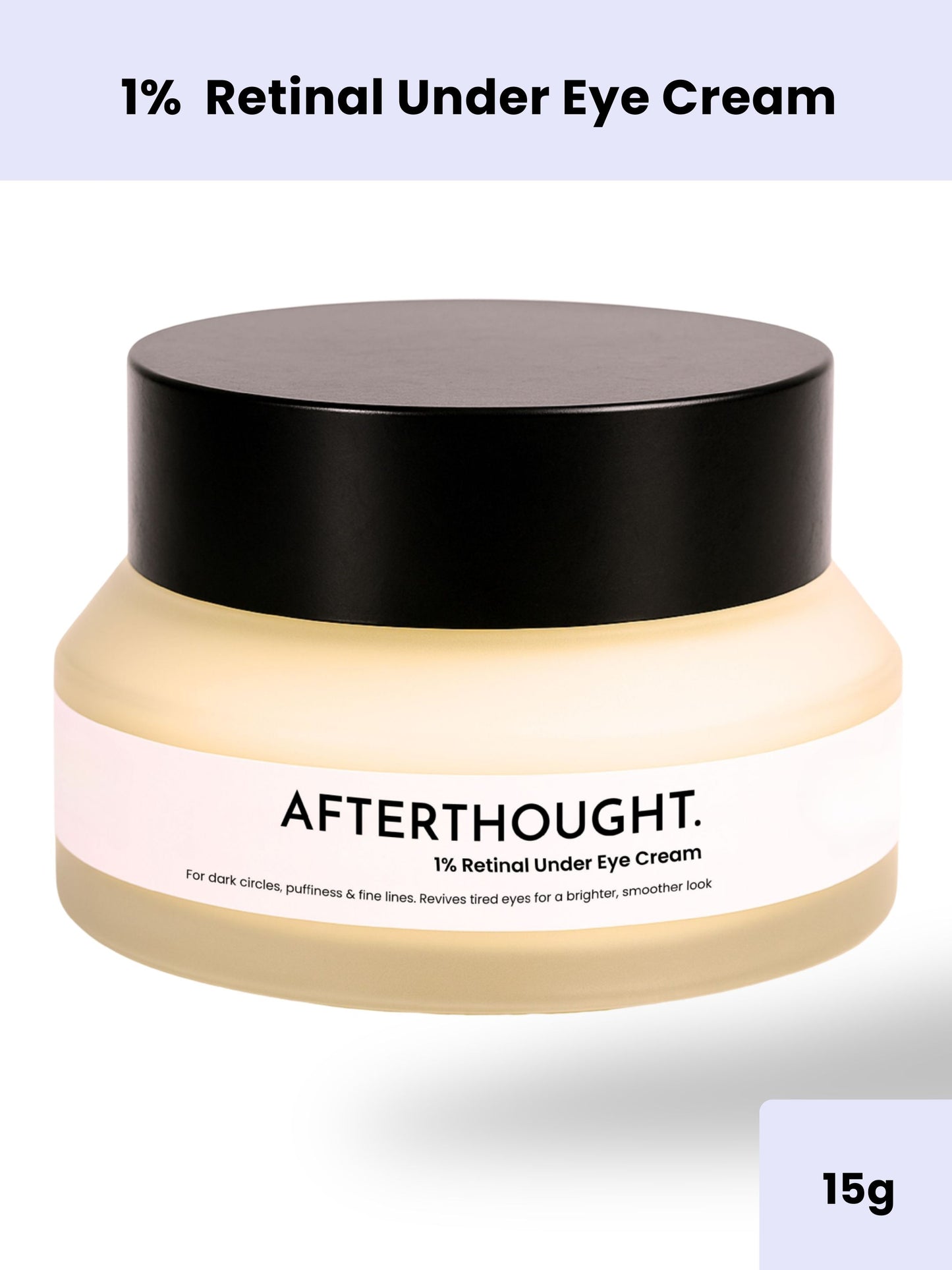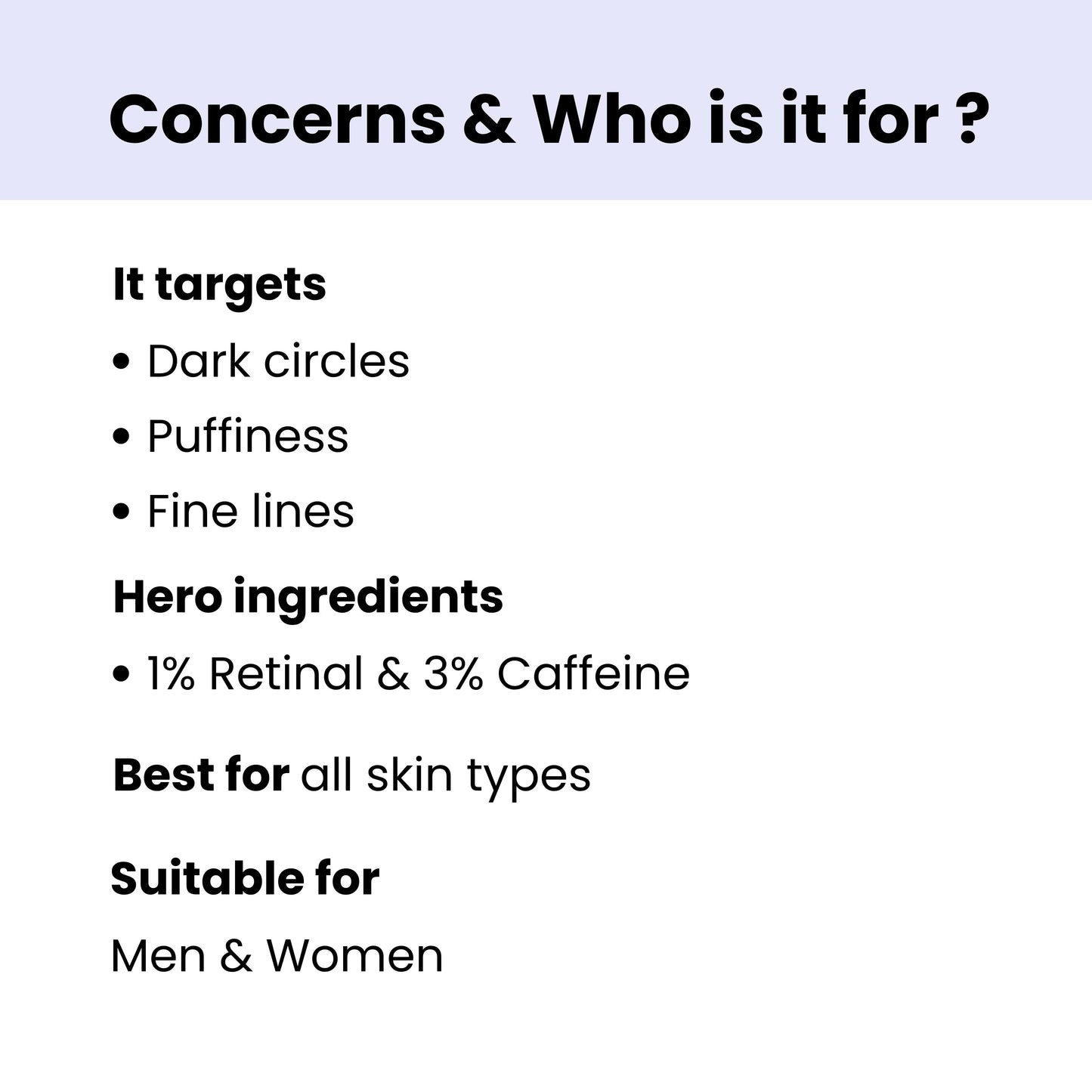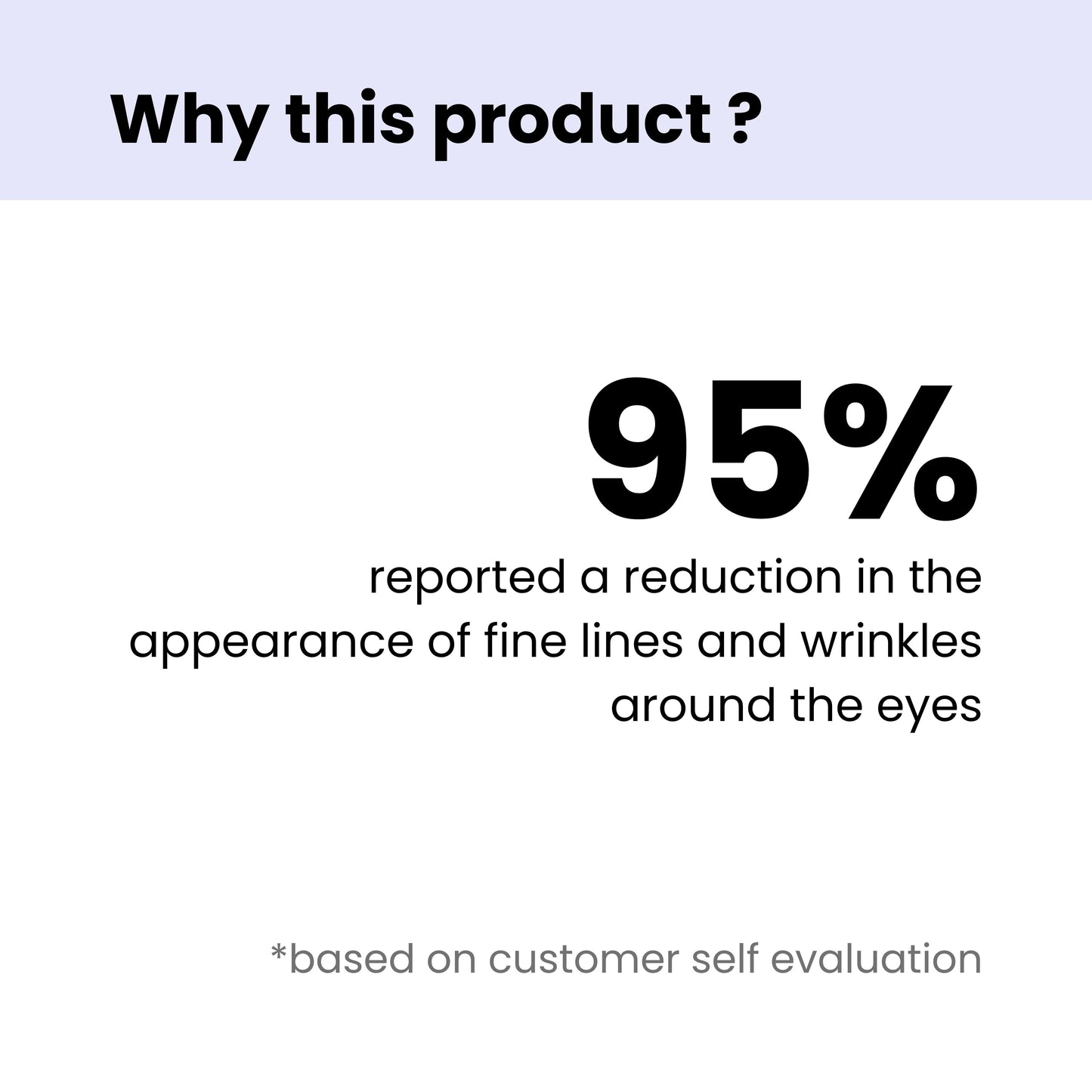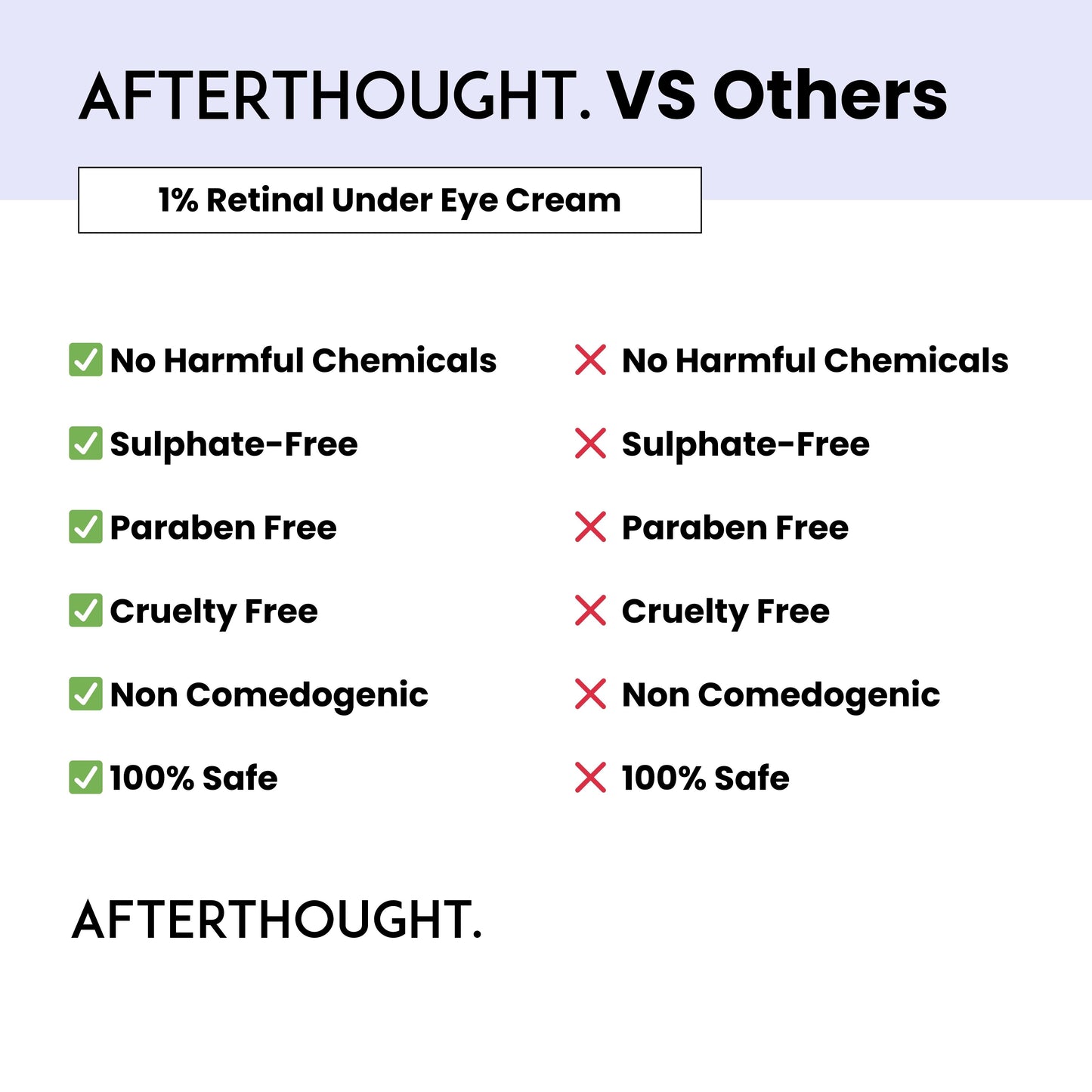How To Remove Dust Particles From Eye? 7 Essential Steps You Need to Know.
Dust particles in the eye can cause significant discomfort and potential harm if not removed promptly and correctly. Welcome to Afterthought.
Understanding the proper steps to take can help prevent further irritation or injury. This guide will walk you through the best practices for safely removing a dust particle from your eye.
Step 1: Assess the Situation
- Stay Calm: It’s natural to feel alarmed, but staying calm will help you deal with the situation more effectively.
- Do Not Rub Your Eye: Rubbing can cause the particle to scratch your cornea, leading to more serious problems.
Step 2: Wash Your Hands
Before attempting to remove the dust particle, ensure your hands are clean to avoid introducing more dirt or bacteria into your eye.
- Use Soap and Water: Thoroughly wash your hands with soap and warm water.
- Dry Your Hands: Use a clean towel to dry your hands completely.
Step 3: Locate the Dust Particle
- Use a Mirror: Find a well-lit area and use a mirror to inspect your eye.
- Blink Rapidly: Sometimes, blinking can help dislodge the particle.
Step 4: Flushing the Eye
Flushing the eye is one of the safest and most effective methods to remove a dust particle.
- Use Clean Water: If possible, use sterile saline solution. If not, clean tap water will suffice.
- Tilt Your Head: Tilt your head to the side and hold your eye open.
- Pour Water Gently: Using a clean cup, pour the water into the eye, starting from the inner corner and moving outward.
- Blink Frequently: This helps to wash out the particle.
Step 5: Using Eye Drops
Eye drops can help lubricate the eye and facilitate the removal of the dust particle.
- Select Appropriate Eye Drops: Use lubricating eye drops, also known as artificial tears.
- Administer the Drops: Tilt your head back, pull down your lower eyelid, and apply one or two drops.
- Blink Several Times: This helps spread the drops across the surface of your eye, potentially washing out the particle.
Step 6: Removing the Particle Manually (If Necessary)
If the particle is visible and not easily removed by flushing or blinking, you may need to remove it manually.
- Use a Clean Tissue or Cotton Swab: Moisten the tip with clean water or saline solution.
- Gently Touch the Particle: Be careful not to touch your eye directly. Only attempt this if the particle is easily accessible.
- Lift the Particle Out: Carefully lift the particle away from the eye.
Step 7: When to Seek Medical Attention
If the particle does not come out easily or you experience any of the following, seek medical attention:
- Persistent Discomfort: If your eye continues to feel irritated.
- Vision Changes: Blurred vision or any changes in vision.
- Redness or Swelling: Persistent redness or swelling of the eye.
- Inability to Remove the Particle: If you cannot remove the particle safely on your own.
Preventing Future Incidents
- Wear Protective Eyewear: When working in dusty environments or engaging in activities that pose a risk to your eyes.
- Maintain Cleanliness: Keep your living and working areas clean to minimize dust.
- Stay Aware: Be mindful of windy conditions or environments where dust is prevalent.
Conclusion
Removing a dust particle from your eye can be done safely and effectively by following these steps. Remember, your eyes are sensitive and important organs, so always handle them with care. If you're ever in doubt, it's best to seek professional medical assistance to avoid potential complications.
Also Read: Which Eye Cream Is Best For Dark Circles?
Disclaimers
- Not a Substitute for Professional Medical Advice: This article is for informational purposes only and should not be used as a substitute for professional medical advice, diagnosis, or treatment. Always seek the advice of your physician or other qualified health provider with any questions you may have regarding a medical condition.
- Risks of Self-Removal: Attempting to remove a foreign object from your eye on your own can be risky. If you experience severe pain, persistent discomfort, or if the object is embedded in the eye, seek medical attention immediately.
- Use of Clean Materials: Ensure that any materials used to remove the particle are clean to avoid introducing infection.
- No Warranty of Safety: The steps outlined are intended to be safe and effective; however, individual results may vary, and no warranty of safety is provided. Proceed with caution and consider professional assistance if unsure.
By following the guidelines and disclaimers provided, you can ensure that you handle the situation safely and responsibly.
Also Read: How To Apply Under Eye Cream?
